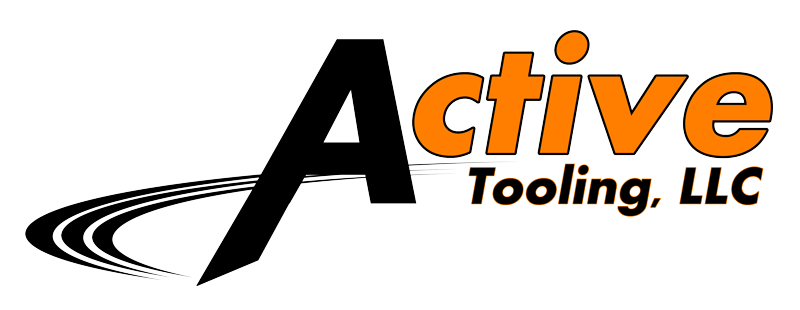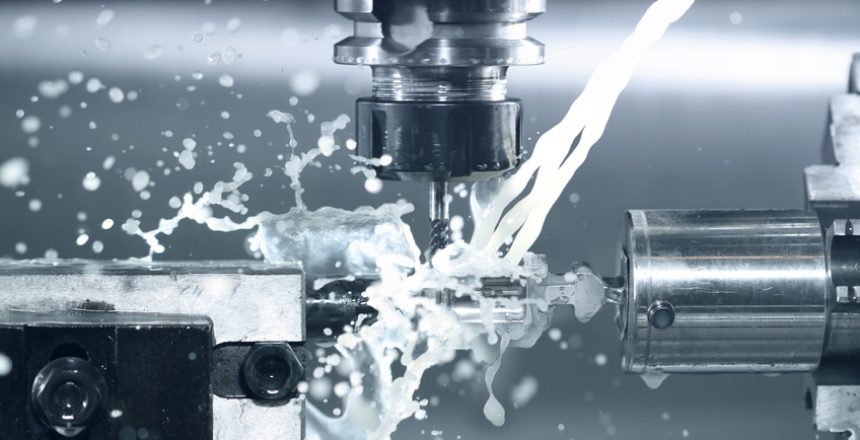CNC Machines are an absolutely vital part of the manufacturing industry. As far as precision machining goes, these devices are used to make nearly everything and produce some amazingly accurate, attractive results.
Whether you’re new to CNC machining or are an expert looking to test your knowledge on cutting tools or bring yourself up to speed on the latest developments throughout the CNC industry, we’ve put together a short list of fast facts about CNC machines, and the manufacturing industry at large, to put your knowledge to the test!
These custom tools are good for more than just cutting plastic and shaping metal pieces.
The Many Uses of CNC Machine Tooling
-
- CNC machines are extremely efficient for mass production. Once engineers, scientists, inventors, or whoever is operating the machine has perfected their design and has achieved a satisfactory result, they can program the CNC machine to make exact copies. For the purposes of mass production, CNC machines are extraordinarily useful and are second to none as an interactive cutting tool.
-
- The CNC milling machines used in labs to drill and/or tap the polar bolt pattern in typical wheel hubs costs around a healthy $60,000 though smaller, manual milling machines cost much less — around $15,000 or so. For industrial uses, machine tooling gets about twice as expensive, though that’s to be expected.
- CNC machines allow multiple axes of simultaneous motion, which allows both 2D and 3D contouring ability light years ahead of the manufacturing capabilities of the cutting machines used just a few decades ago. CNC milling machines can both move and mill a sloped line or circular trajectory. This requires simultaneous X and Y motion, which is what the manufacturing industry has lacked for so many years. Perhaps even more impressively, a CNC lathe can move the cutting tool around corners of a part in order to produce a fillet, which requires not only simultaneous X and Y axis movement, but free movement of the Z axis as well.
We hope these fast facts were enough to get you thinking about CNC tooling — if you haven’t been already! Feel free to share your questions, comments, and concerns below.

